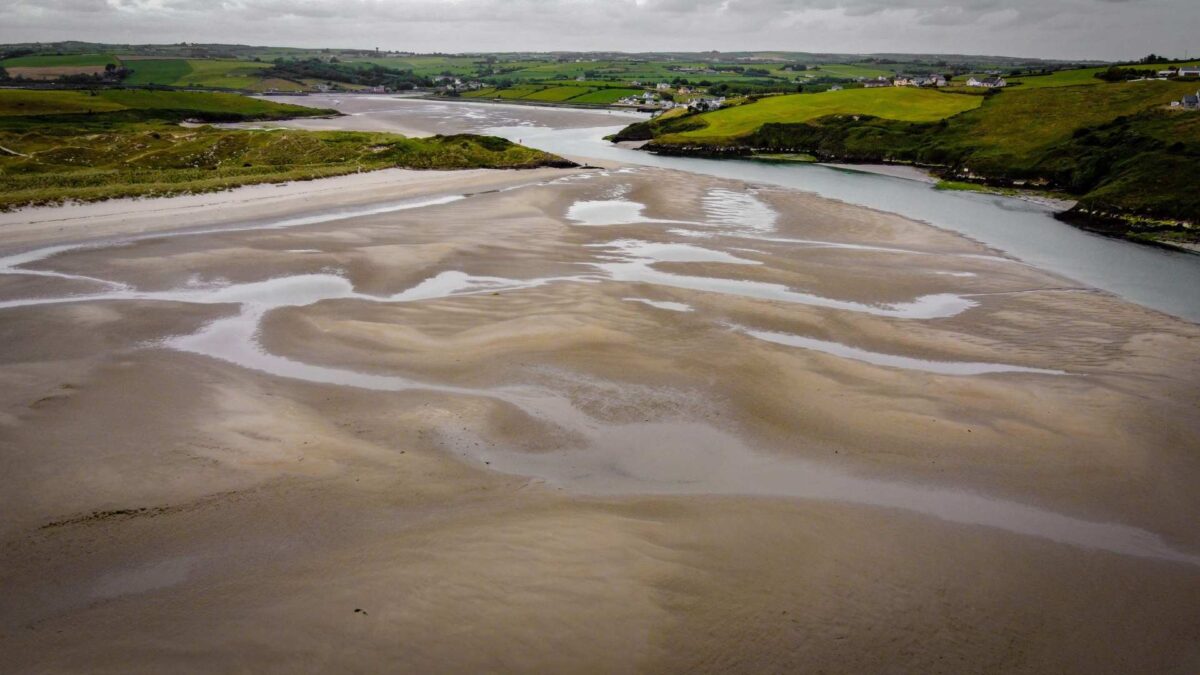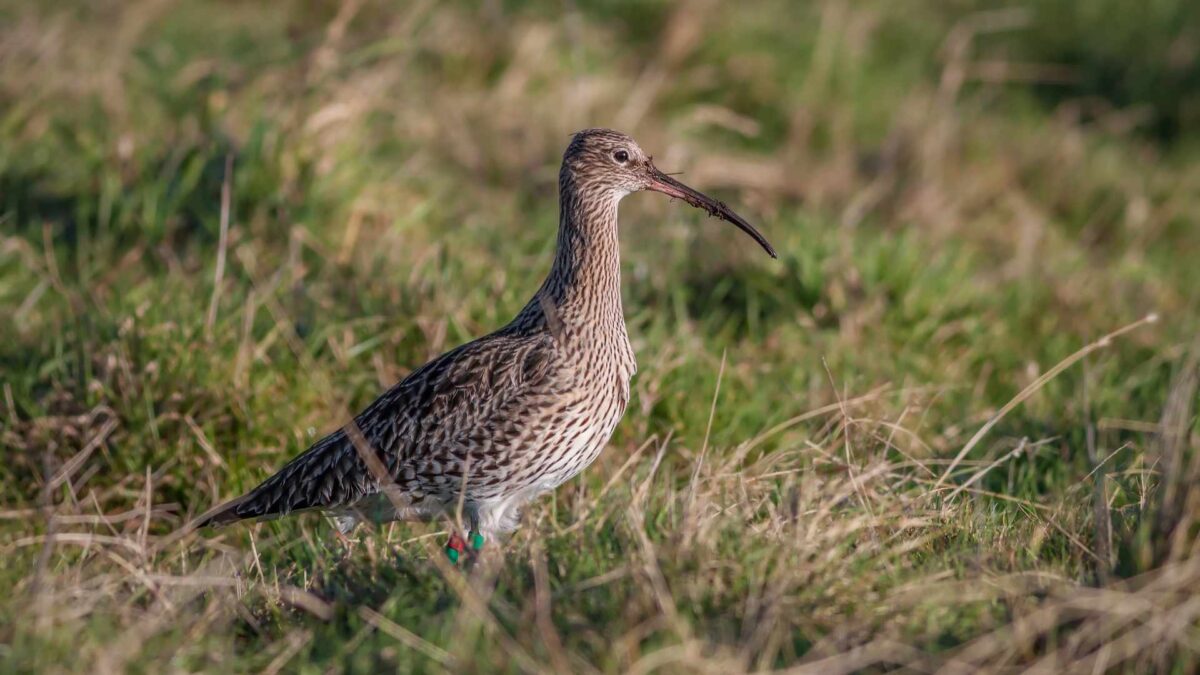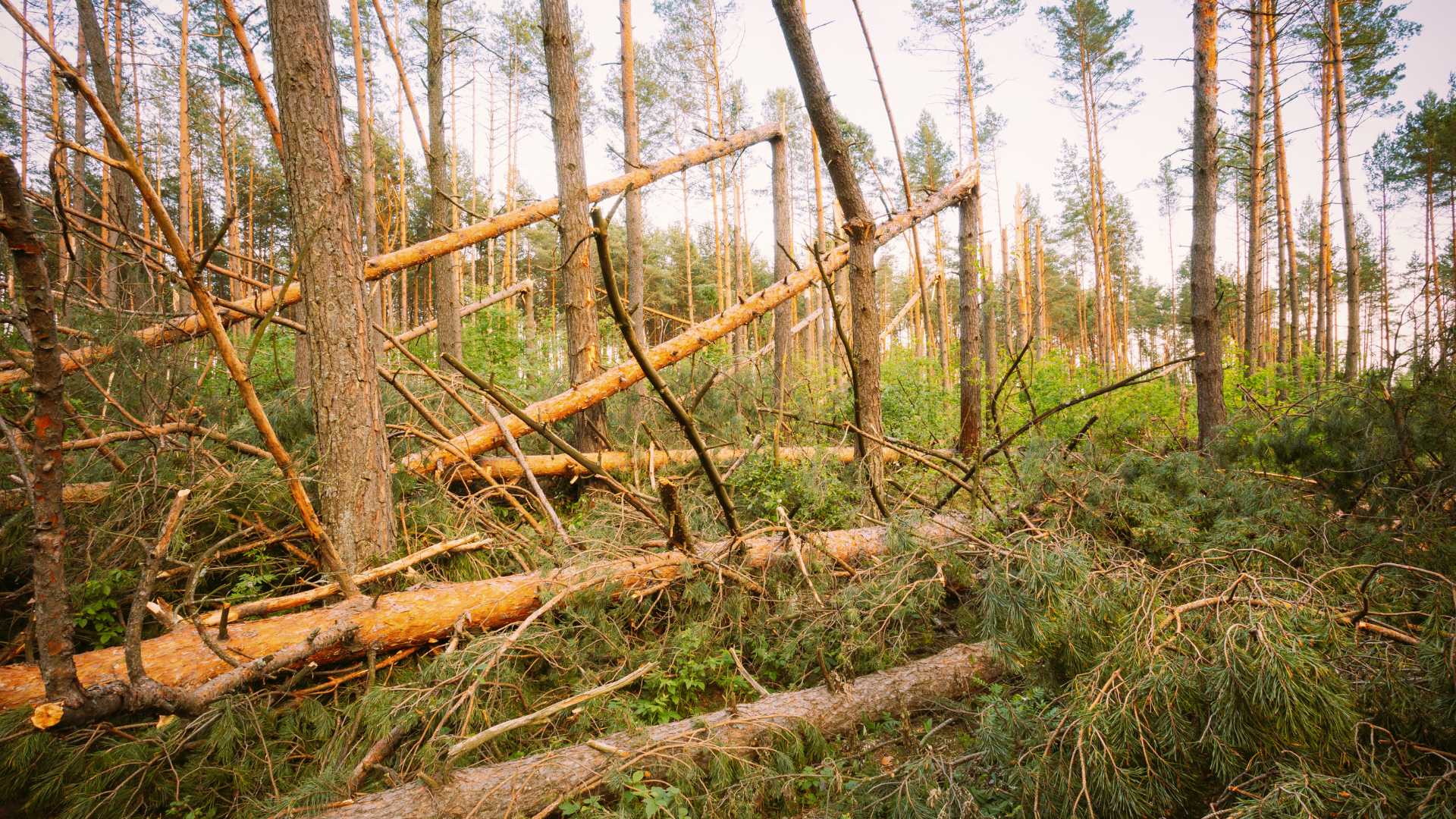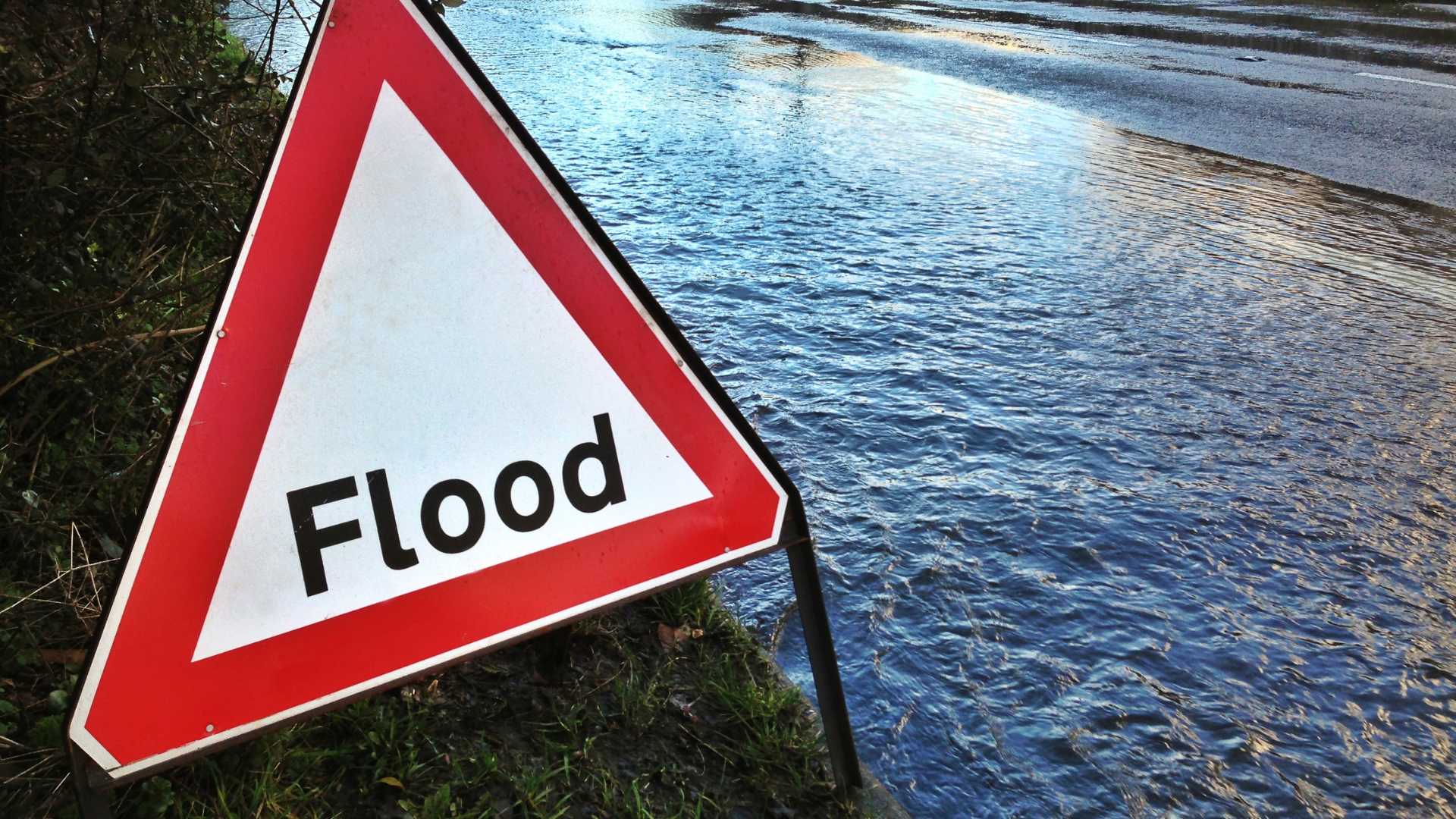
Cork Wetlands Protected with 98 Acres Secured at White’s Marsh

Minister of State for Nature, Heritage and Biodiversity Christopher O’Sullivan TD has announced the purchase of 98.5 acres at White’s Marsh in Inchydoney, Co. Cork.
The land, also known as Island Stand Intake, will be managed by the National Parks and Wildlife Service to protect wetlands, grasslands and important bird habitats.
White’s Marsh lies within the Clonakilty Bay Special Area of Conservation and the Clonakilty Bay Special Protection Area for birds. The acquisition will create an ecological link between both sites and strengthen protection for wildlife and habitats in the area.
Minister O’Sullivan said that White’s Marsh is rich in biodiversity and historically significant. He said securing the site will protect wetlands, grasslands and bird habitats while supporting the area as a sustainable destination for visitors.
The site includes grassland, a lagoon and a small forestry plantation. The lagoon is a key site for foraging and roosting birds, including Black-tailed Godwit, Curlew and Lapwing, as well as other wintering water birds.

The Minister said there is strong potential to restore grasslands and wetlands and to manage the site for nature. He also highlighted opportunities for education and raising awareness of the importance of these habitats.
Restoration will include expanding terrestrial wetlands, creating freshwater pools and establishing brackish scrapes that do not currently exist. The work complements recent restoration at the nearby Clogheen Marsh, which has been returned to semi-natural vegetation to increase biodiversity.
NPWS will continue to monitor White’s Marsh and enhance its habitat for nature.
The site was historically part of the Clonakilty estuary but was separated by causeways and seawalls in the mid-1800s as part of a land reclamation project. Drains installed at the time still feed into the estuary.
Share this WeathÉire story:







